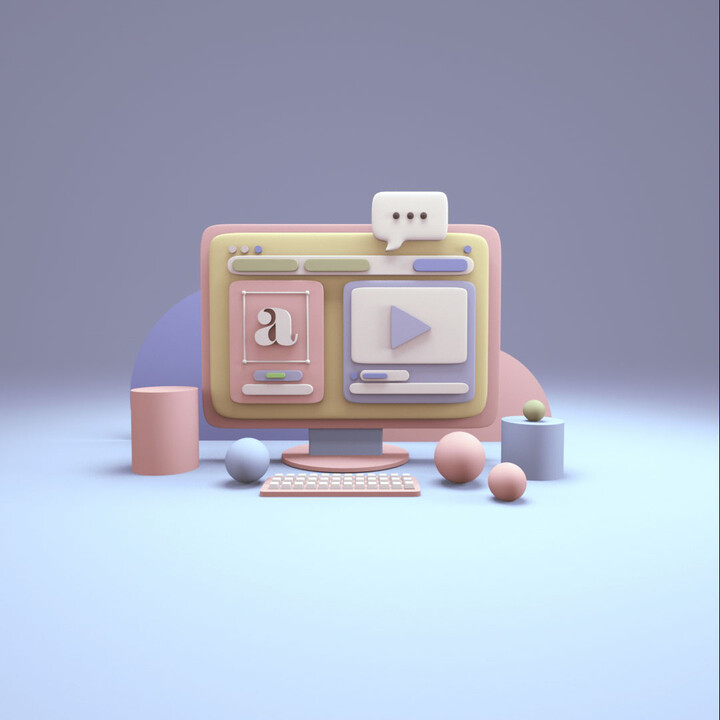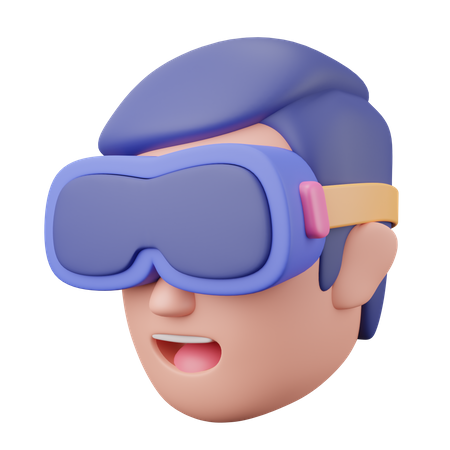In a world dominated by visual content, motion designers play a pivotal role in shaping how we consume information, entertainment, and communication. They are the creative minds behind the captivating animations, dynamic graphics, and eye-catching visual effects that we encounter on our screens daily. In this comprehensive guide, we will dive deep into the realm of motion graphics design, exploring what it is, the role of motion graphics designers, their essential qualities, the tools and software they use, and their presence in various industries. We will also discuss the career path for aspiring motion designers and glimpse into the future trends of this ever-evolving field.
What is Motion Graphics Design?
Motion graphics design is a specialized form of graphic design that focuses on creating animated visual content. Unlike traditional graphic design, which primarily deals with static images and layouts, motion design adds the dimension of time to the equation. This means that motion graphics designers use their artistic skills to craft animations, transitions, and visual effects that can breathe life into static graphics, making them dynamic and engaging. At its core, motion graphics design is a creative process that merges artistry with technical skills. Motion designers leverage their understanding of graphic design principles, such as composition, color theory, and typography, to create artwork that is visually appealing. Simultaneously, they harness the power of technology and specialized software to animate these graphics seamlessly.
The platform, EssayPro, has established itself as a beacon of support for students striving to perfect their writing skills. It provides comprehensive guides and examples that elucidate the rules of APA formatting, making the journey of learning not only informative but also user-friendly. For those who find themselves puzzled by the myriad of details involved in APA citation, in apa format on EssayPro stands as an indispensable resource.

The Role of Motion Graphics Designers
Motion designers are the visual storytellers of the digital age. They use their skills to convey messages, concepts, and narratives through the medium of motion graphics. Whether it’s a short video clip, an advertisement, a presentation, or even the opening credits of a film, motion designers are responsible for making the content visually compelling and memorable.Motion graphics designers rarely work in isolation. They are integral members of creative teams that may include video editors, graphic designers, video producers, and others. Together, they collaborate to bring a larger project to life, combining their expertise in various areas to create a cohesive and impactful final product.
Check these physics ia ideas if you want an to create an original content tailored to specific requirements. It employs experienced writers, ensures timely delivery, and upholds high standards of academic integrity. Excellent customer support and a commitment to confidentiality are also key features, enhancing overall user experience.

Exploring the World of Motion Graphics Design
Motion graphics design draws inspiration from cinematic techniques and art direction. These designers incorporate principles commonly used in film, such as camera angles, lighting effects, and motion dynamics, to create visually stunning animations. This infusion of cinematic effects adds depth and realism to the graphics, making them more engaging for the audience. The influence of motion graphics design extends across a broad spectrum of industries. From advertising and marketing to entertainment and education, motion designers contribute their skills to elevate the visual appeal of content on various platforms. They play a crucial role in enhancing user experiences in web design, creating attention-grabbing advertisements on social media platforms, and adding pizzazz to online content.
Qualities of Successful Motion Designers
Creative flair is at the heart of motion graphics design. Successful motion designers possess a keen eye for aesthetics and a deep appreciation for art. They infuse their work with unique and imaginative ideas, ensuring that each animation or graphic stands out and captures the viewer’s attention. While creativity is essential, technical skills are equally crucial for motion designers. Proficiency in software tools like Adobe After Effects, Adobe Premiere Pro, and Cinema 4D is a must. These tools allow motion designers to execute their creative visions, bringing their concepts to life on screen.
Tools and Software for Motion Graphic Design

Adobe Creative Suite
Adobe Creative Suite is the go-to toolkit for motion graphic designers. Software like Adobe After Effects, Adobe Premiere Pro, and Adobe Illustrator are widely used for creating animations, editing videos, and designing graphics. These tools provide motion designers with the flexibility and precision they need to craft captivating visuals.

3D Animation Software
For projects that require 3D animations and modeling, software like Cinema 4D and Autodesk Maya come into play. These tools enable motion graphic designers to explore complex processes, create realistic 3D graphics, and add depth to their animations.
Motion Graphics Design in Various Industries
In the world of advertising and marketing, motion graphics designers are responsible for crafting attention-grabbing advertisements and promotional materials. Their work is crucial in conveying the message of a brand or product effectively, often under tight deadlines. Motion designers are also essential in the entertainment industry, contributing to film and television productions. They create captivating opening credits, visual effects, and animations that enhance the overall cinematic experience for viewers.
Career Path for Aspiring Motion Designers
Most aspiring motion designers pursue a bachelor’s degree in graphic design, animation, or a related field. This formal education equips them with the fundamental skills and knowledge needed to excel in the field. A strong portfolio is a motion designer’s calling card. Aspiring designers should focus on creating a diverse body of work that showcases their creativity and technical prowess. This portfolio is often the key to landing their first job in the industry.
Future Trends in Motion Graphic Design

Augmented Reality (AR) and Virtual Reality (VR)
The future of motion graphics design is undoubtedly intertwined with emerging technologies like AR and VR. Motion designers will play a pivotal role in creating immersive and interactive visual experiences in these domains, pushing the boundaries of what’s possible in the digital realm.

Online Content and Social Media
As online content continues to dominate our digital landscape, motion graphics designers will find increased demand for their skills. Social media platforms, in particular, rely heavily on visual content to engage users, making motion design a valuable asset in the realm of digital marketing and communication.
In conclusion, motion graphics designers are the unsung heroes of the digital age, bringing life and motion to static graphics and enhancing the visual appeal of various forms of media. Their creative process, technical skills, and ability to collaborate with other creative professionals make them indispensable in industries ranging from advertising to film. As technology continues to advance, motion designers will find new and exciting opportunities to shape the way we experience and interact with visual content, solidifying their role as true innovators in the world of graphic design and visual storytelling. Whether you aspire to become a motion designer or simply appreciate the impact of their work, it’s clear that motion graphics design is a dynamic and thriving field with a bright future ahead.
